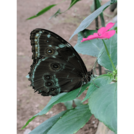
Students will listen to the text and explore the garden to connect details from the text to their surroundings.
- Subject:
- English Language Arts
- Material Type:
- Lesson Plan
- Author:
- Out Teach
- Date Added:
- 07/22/2021

Students will listen to the text and explore the garden to connect details from the text to their surroundings.

This class is divided into a series of sections or “modules”, each of which concentrates on a particular large technology-related topic in a cultural context. The class will start with a four-week module on Samurai Swords and Blacksmithing, followed by smaller units on Chinese Cooking, the Invention of Clocks, and Andean Weaving, and end with a four-week module on Automobiles and Engines. In addition, there will be a series of hands-on projects that tie theory and practice together. The class discussions range across anthropology, history, and individual development, emphasizing recurring themes, such as the interaction between technology and culture and the relation between “skill” knowledge and “craft” knowledge.
Culture Tech evolved from a more extensive, two-semester course which formed the centerpiece of the Integrated Studies Program at MIT. For 13 years, ISP was an alternative first-year program combining humanities, physics, learning-by-doing, and weekly luncheons. Culture Tech represents the core principles of ISP distilled into a 6-unit seminar. Although many collections of topics have been used over the years, the modules presented here are a representative sequence.

In this activity, your students will explore the creation myths and legends of different Indigenous Peoples. They will get the chance to compare and contrast their similarities and differences with other myths and legends from around the world. Applying their newfound information and imagination, they will write and illustrate a myth as a modern day short story for younger children, selecting one of the groups of Indigenous People. The story must be typed and submitted using a word processing program.
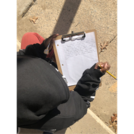
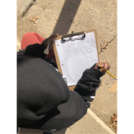
STUDENT ACTIVITY -- 4TH -- CCSS/NCThis is a distance-learning lesson students can complete at home. The student will identify characteristics of myths. They will create their own myth to explain a natural phenomenon.This activity was created by Out Teach (out-teach.org), a nonprofit providing outdoor experiential learning to transform Science education for students in under-served communities.
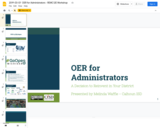
Slide deck for use with K12 School Administrators at Calhoun ISD. Includes sections on: OER in Michigan, OER Basics, Common OER Myths, and activities tied to the OER for Administrators Playbook.
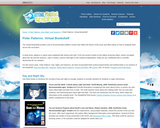
This article highlights children's literature about day and night, seasons, the aurora, and cause and effect for use in the elementary classroom.

November is Native American Heritage Month, a time to recognize the many contributions the first Americans have made to this country. It’s also a good time to take a critical look at some popular myths about the first interactions between the European pilgrims and the Native American peoples they found living in the “new world.”
On Thursday, people across the country will celebrate Thanksgiving Day. The lesson plan that follows explores historical facts, myths and perspectives about Thanksgiving Day, including both the happiness and the sorrow associated with this tradition.

This presentation explains the term myths and the other words that are commonly confused with it: history, fables, fairytales, legends, religion, and folklore. After viewing this presentation, students should have a clear grasp of what each word means and the type of narrative it describes.